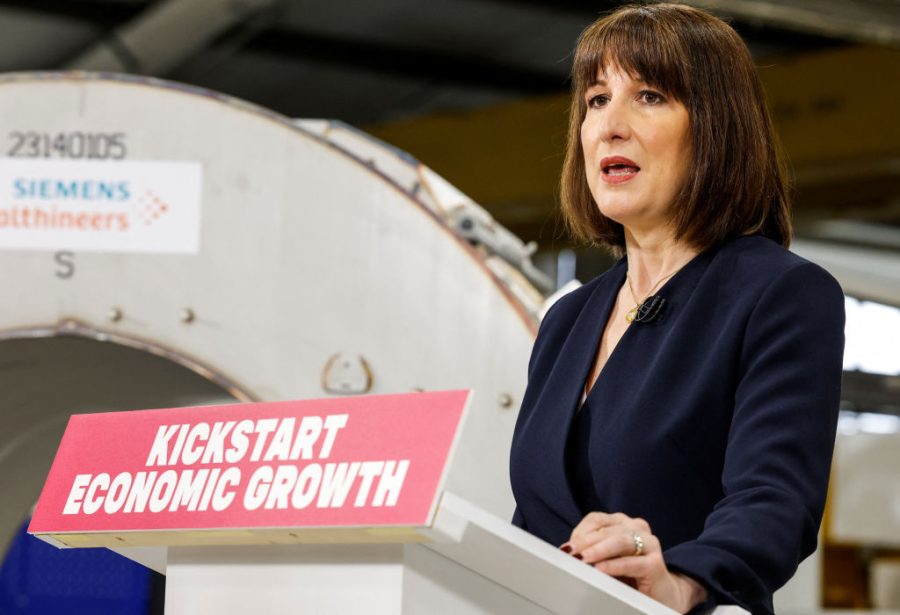The Office for National Statistics (ONS) has just confirmed that the economy ‘grew’ by 0.1 per cent in the last three months of 2024. Its final estimate for the last quarter of last year confirms that Britain’s economy continues to float just above recession territory. The very modest growth in the final quarter was driven by the services sector, also 0.1 per cent, which outweighed a 0.3 per cent contraction in construction. On a per-head basis, GDP fell by 0.1 per cent.
Each quarter from October 2023 to June last year had GDP growth revised upwards by 0.1 percentage points, with the ONS’s Chief Economist, Grant Fitzner, saying: ‘Today’s updated GDP estimates indicate that the economy grew slightly more strongly in the first half of the year’. However, the good news stopped there. Fitzner pointed out that the economy has continued to show little growth since last summer.
So, the economy was growing faster than statisticians had previously estimated in the first half of last year before coming to a halt in the summer. Anyone remember what happened in July?
There was genuinely good news for the government, though, on the high streets, as retail sales volumes were up 1 per cent last month, following a rise of 1.4 per cent in January. This growth was driven by non-food instore sales, while supermarket sales fell after a strong start to the year. Compared with a year ago, sales volumes in retail are up 2 per cent, suggesting an unexpected resilience on the high street.
Monthly sales volumes were at their highest level for three years, and it seems DIY drove growth. Household goods store sales were up by nearly 7 per cent – with hardware stores making the largest contribution to that growth. Investors piling into gold pushed up jewellers’ sales too, while clothing stores began to recover the ground lost in January.
If the Chancellor somehow finds herself in a good mood after two days of negative headlines and attacks from both left and right, she will be ecstatic at these figures for the retail sector. They contradict survey data which suggests British consumer confidence is through the floor. Things may change when we get the data for March in a month’s time, but the figures released by the ONS today suggest the bleak economic atmosphere engulfing Britain is not yet affecting our shoppers.
But if Rachel Reeves is in a bad mood, she’ll look at the household savings data released alongside the GDP figures, which show households are stashing their cash rather than spending it – even if shops are doing well. The household savings ratio – the proportion of a household's disposable income that is saved – rose from 10 per cent to 12 per cent in the final quarter of last year, the highest rate in the last 15 years excluding the pandemic. Non-pension savings are also at their highest level ever recorded outside of Covid.
If she wants a glimmer of hope, she will find it in the GDP revisions, which show that, across the whole of last year, the economy grew 1.1 per cent. Sure, this is stagnation – but it is higher than the 0.9 per cent the Office for Budget Responsibility (OBR) estimated for 2024 during the Spring Statement on Wednesday. If the OBR forecasts have turned out to be too negative this time, that can only be good news for the Chancellor.







Comments